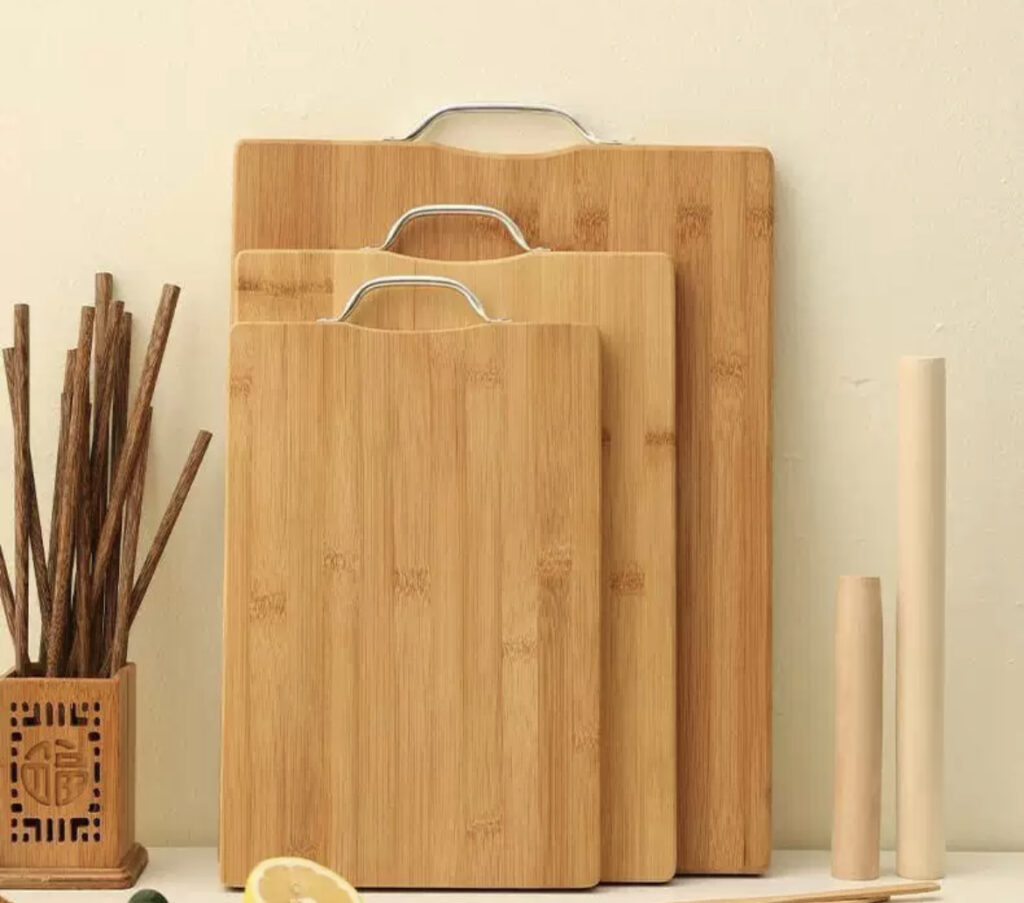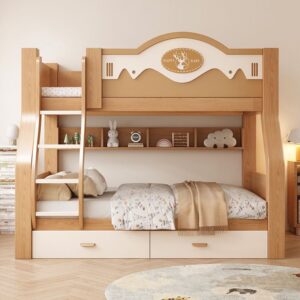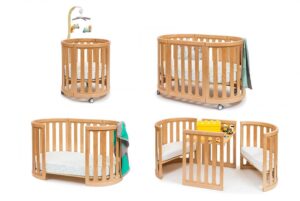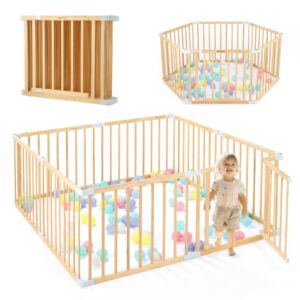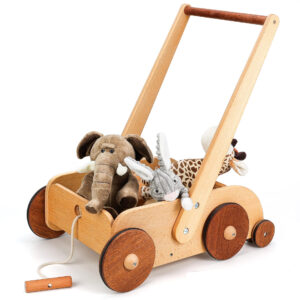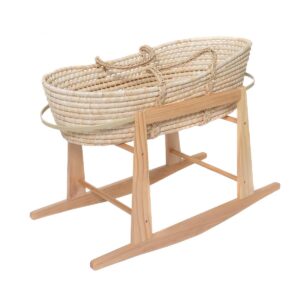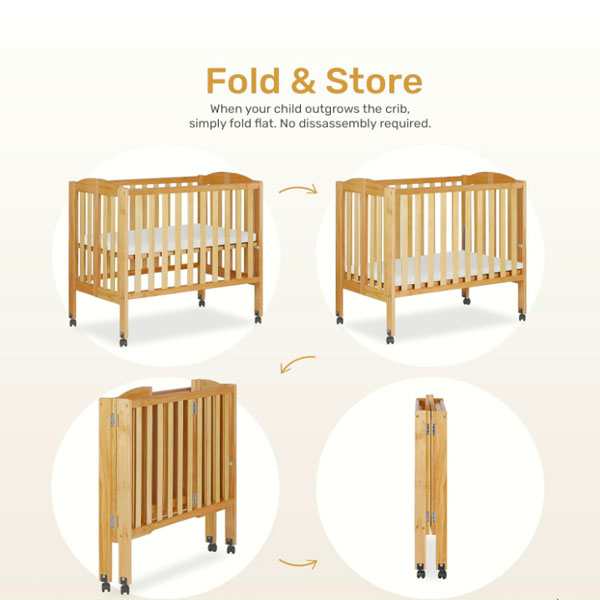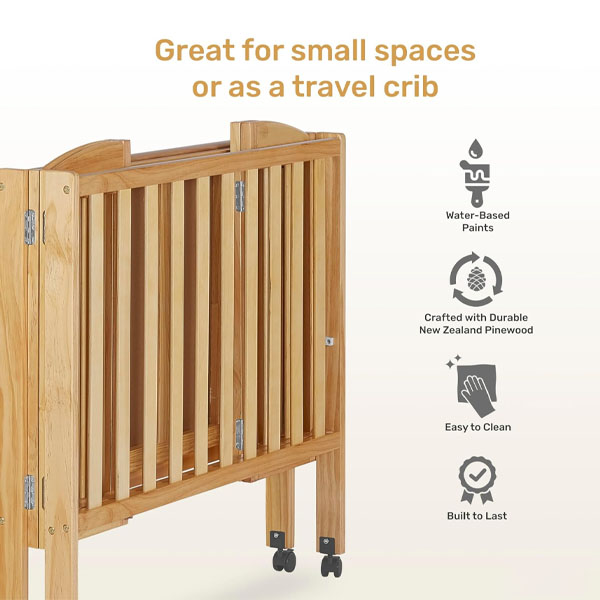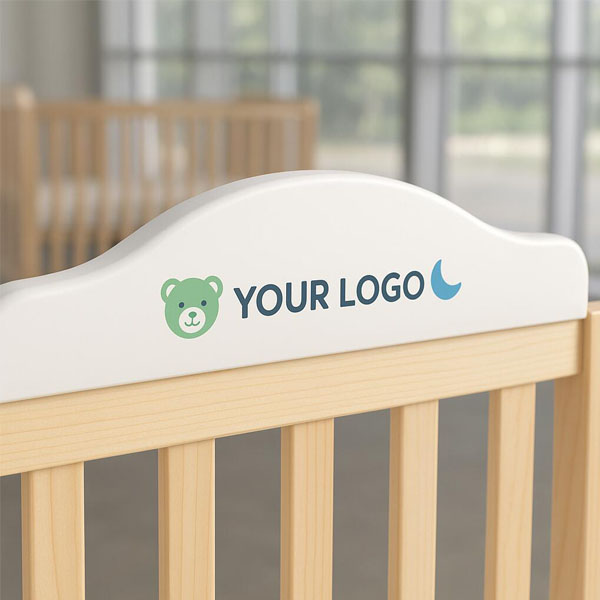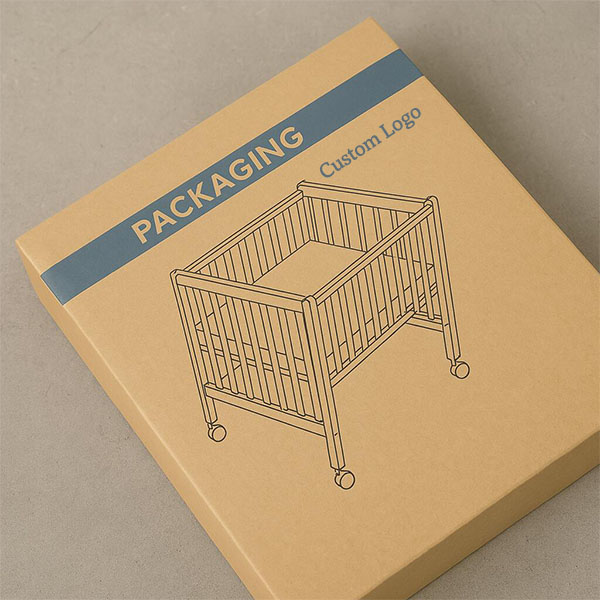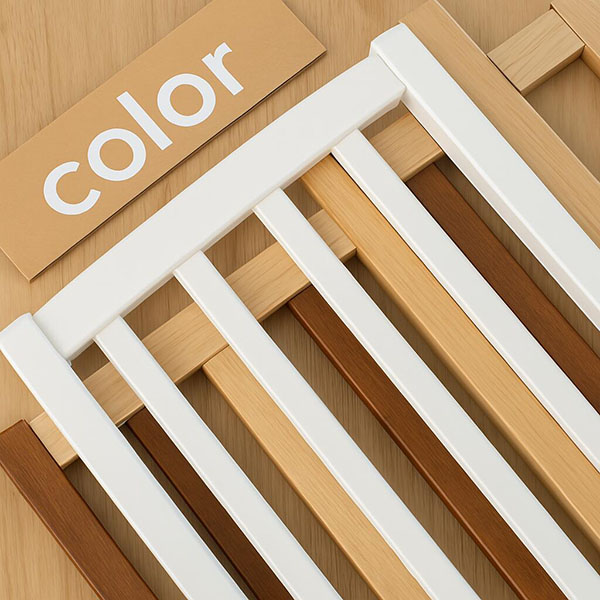How to Disinfect a Chopping Board?
Introduction
Chopping boards are one of the most frequently used kitchen tools, making them a potential breeding ground for bacteria if not properly disinfected. Whether you’re cutting raw meat, vegetables, or bread, knowing the right disinfection techniques can help maintain food safety and prolong your board’s lifespan. This guide covers professional, innovative, and Google-friendly disinfection methods for different cutting board materials.
1. Why Disinfecting Your Chopping Board Is Essential
A. Prevents Cross-Contamination
Raw meat, seafood, and poultry can carry harmful bacteria like Salmonella and E. coli. Proper disinfection prevents these pathogens from spreading.
B. Removes Odors and Stains
Regular cleaning eliminates food residues, reducing unwanted odors and discoloration.
C. Prolongs Board Lifespan
Proper maintenance prevents warping, cracking, and bacterial buildup, ensuring your board stays in top condition.
2. Best Methods to Disinfect Chopping Boards by Material
A. How to Disinfect a Wood Cutting Board
Daily Cleaning:
- Scrape off food particles with a spatula or brush.
- Wash with hot water and mild dish soap, scrubbing thoroughly.
- Rinse and dry immediately with a clean towel.
Deep Disinfection (Weekly or After Raw Meat Use):
Option 1: Vinegar & Baking Soda
- Sprinkle baking soda over the board.
- Spray or wipe with white vinegar.
- Let it fizz for 5 minutes, then scrub and rinse.
Option 2: Hydrogen Peroxide (3%)
- Pour hydrogen peroxide over the surface and let sit for 5-10 minutes.
- Wipe off with a damp cloth and let air dry.
Option 3: Lemon & Salt for Odor Removal
- Sprinkle coarse salt on the board.
- Rub with a halved lemon, let sit for 5 minutes, then rinse.
Pro Tip: Do not soak wooden boards in water or place them in the dishwasher, as this can cause warping.
B. How to Disinfect a Bamboo Cutting Board
Bamboo boards have natural antibacterial properties but still require deep cleaning.
- Wash with mild soap and warm water.
- Wipe with a vinegar solution (1:1 ratio of vinegar and water).
- Dry thoroughly and apply food-grade mineral oil to prevent drying.
Pro Tip: Avoid using bleach on bamboo boards, as it can weaken the fibers over time.
C. How to Disinfect a Plastic Cutting Board
Plastic boards can be sanitized more aggressively since they are non-porous.
Dishwasher Method (Preferred for Plastic Boards):
- Place in the dishwasher on the highest heat setting to kill bacteria.
Manual Deep Cleaning:
Option 1: Bleach Solution (for Heavy Sanitization)
- Mix 1 tablespoon of bleach with 1 gallon of water.
- Submerge the board for 5 minutes, then rinse thoroughly.
Option 2: Baking Soda & Hydrogen Peroxide Paste
- Mix baking soda, hydrogen peroxide, and dish soap into a paste.
- Scrub the board and let sit for 10 minutes before rinsing.
Pro Tip: Replace plastic boards once deep knife grooves appear, as bacteria can hide in scratches.
D. How to Disinfect a Composite (Richlite, Epicurean) Cutting Board
Composite boards are highly durable and non-porous, making them easier to disinfect.
- Wash with hot, soapy water.
- Spray with hydrogen peroxide or vinegar solution.
- Wipe dry or place in the dishwasher (if manufacturer-approved).
Pro Tip: Avoid prolonged soaking to prevent material degradation.
E. How to Disinfect Glass & Marble Cutting Boards
Glass and marble boards are non-porous, meaning they do not harbor bacteria like wood or plastic.
- Wash with hot, soapy water.
- Spray with a vinegar or bleach solution.
- Wipe clean and air dry.
Pro Tip: While easy to disinfect, glass and marble are harsh on knives, dulling blades quickly. Use them only for serving, not cutting.
3. How Often Should You Disinfect Your Cutting Board?
| Frequency | Task |
|---|---|
| After Each Use | Wash with soap and hot water. |
| Daily | Wipe with vinegar or hydrogen peroxide. |
| Weekly | Deep clean with baking soda, lemon, or bleach. |
| After Cutting Raw Meat | Disinfect immediately using a bleach solution or hydrogen peroxide. |
4. Additional Tips for Cutting Board Hygiene
- Use Separate Boards: Have different boards for meat, vegetables, and bread to prevent cross-contamination.
- Store Properly: Always air-dry cutting boards upright to prevent bacterial growth.
- Replace When Necessary: If deep grooves or cracks form, replace your board to maintain hygiene.
5. Frequently Asked Questions (FAQs)
Q1: Can I use bleach on my wooden cutting board?
A: No, bleach can dry out and damage wood. Use vinegar or hydrogen peroxide instead.
Q2: How do I remove stains from my cutting board?
A: Use a paste of baking soda and water, let it sit, then scrub with a sponge.
Q3: Can I put my cutting board in the microwave to disinfect it?
A: Only plastic boards can withstand microwave heat. However, this method is not as effective as bleach or hydrogen peroxide.
Q4: What’s the best natural disinfectant for cutting boards?
A: White vinegar and lemon juice work best for killing bacteria naturally.
Q5: How do I keep my wooden board from cracking?
A: Regularly apply food-grade mineral oil to maintain moisture and prevent drying.
6. Conclusion: Keep Your Cutting Board Germ-Free
Disinfecting your cutting board is crucial for food safety and longevity. Choose the right method based on your board material, and follow a consistent cleaning routine to prevent bacteria buildup. Whether using natural solutions like vinegar or stronger disinfectants like bleach, proper maintenance will keep your kitchen safe and hygienic.
Would you like tailored recommendations for your cutting board type? Let us know!

